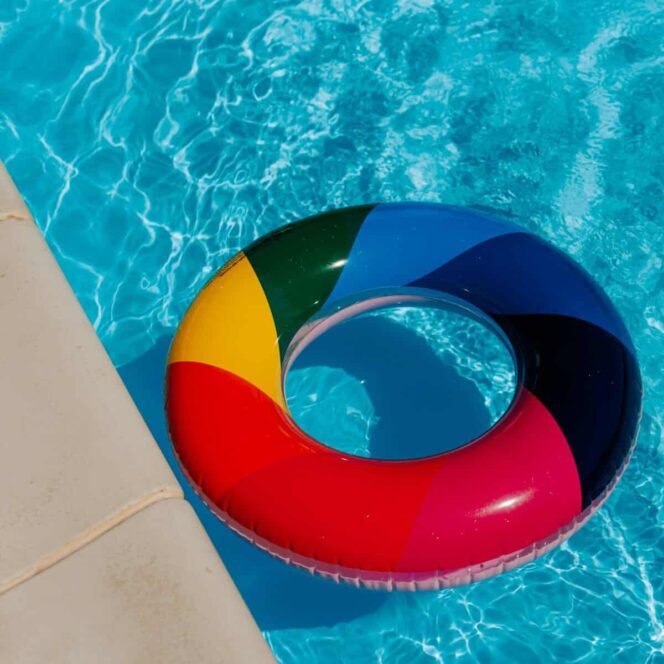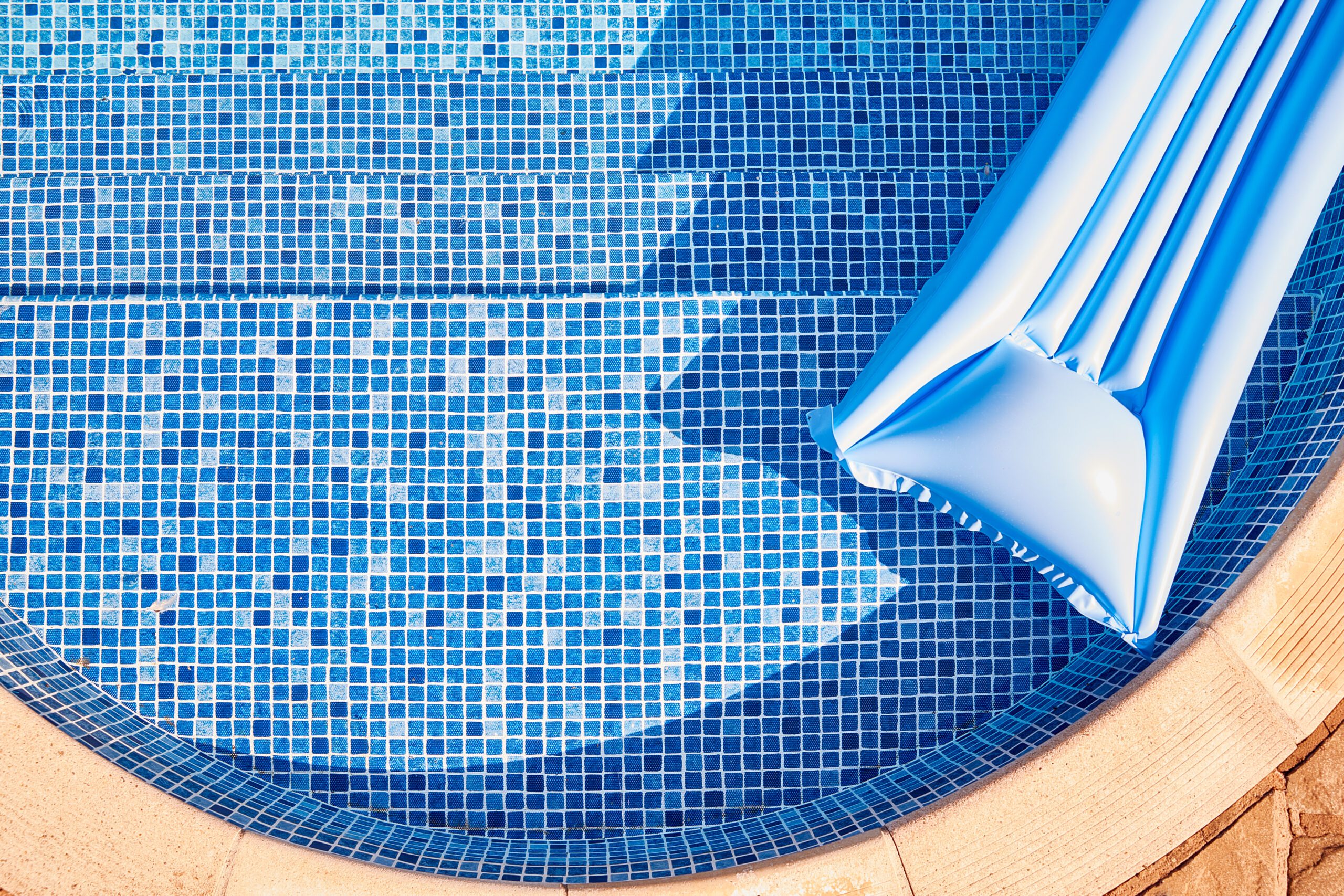Choosing the right liner for your swimming pool is a crucial step in ensuring you have a durable, attractive, and functional pool. The liner serves several purposes, including retaining water, providing a smooth surface, and enhancing the pool’s appearance. With the many types and styles of liners available, making the right choice can feel overwhelming.
We’re here to simplify this process and guide you through the key considerations for selecting the perfect liner for your pool. Whether you are installing a new pool or replacing an old liner, knowing what to look for will help you make an informed decision that fits your needs and budget.
Understanding Different Types of Pool Liners
Pool liners come in several types, each offering unique benefits depending on your pool and personal preferences. The most common types are vinyl, fiberglass, and concrete. Vinyl liners are popular because they are affordable and provide a smooth, non-porous surface that is gentle on the skin. These liners come in various patterns and colors, allowing for some customization to match your backyard design.
Fiberglass liners are more durable and tend to resist algae growth better than vinyl. These liners are pre-fabricated, making installation quicker and easier. Although fiberglass liners typically have a higher upfront cost, their longevity and low maintenance can make them a cost-effective choice over time.
Concrete liners offer the most customization options, as they can be crafted into any shape or size. However, they require more maintenance, including regular resurfacing to prevent rough patches and cracks.
Key Factors to Consider When Choosing a Liner
Choosing the right pool liner involves several important factors. First, consider the size and shape of your pool. Not all liners are suitable for every pool design, so it’s crucial to select one that fits well. Vinyl liners are versatile and work with most pool shapes, while fiberglass liners are pre-molded and best for standard shapes.
Next, think about the climate in your area. Temperature changes and exposure to sunlight can affect the liner material. For example, vinyl liners can fade or become brittle in extreme temperatures. Fiberglass and concrete liners tend to handle weather fluctuations better, making them a better option for areas with extreme climates.
Consider your budget as well. Vinyl liners are typically the least expensive, making them a good choice for those looking to save money upfront. However, they may need to be replaced more often than fiberglass or concrete options. Think about the long-term costs and maintenance to find the best fit for your needs.
Lastly, don’t forget to think about aesthetics. The appearance of your pool plays a big role in your overall backyard experience. Choose a liner with a color and pattern that complements your outdoor space, creating an inviting and cohesive look.
How to Measure Your Pool for a Perfect Fit
Accurate measurements are essential for ensuring your pool liner fits perfectly, preventing wrinkles and potential damage. Start by taking measurements of the pool’s length, width, and depth. For rectangular pools, measure the length and width at the top edge and again at the bottom, then average these measurements to account for any discrepancies.
For oval or freeform pools, more detailed measurements are necessary. Measure the widest and longest points, then take multiple depth measurements at different locations around the pool to ensure accuracy. If your pool has varying depths, measure from the shallow end to the deepest point, taking note of the transition zones.
When measuring the depth, don’t forget to include the thickness of the coping (the edge or lip of the pool) if it extends above the water line. This ensures the liner will cover the whole internal surface without leaving gaps.
Always use a flexible measuring tape for precision and double-check your measurements before ordering a liner. Some manufacturers offer templates or guidelines to help, making it easier to get the perfect fit.
Tips for Maintaining and Extending the Life of Your Pool Liner
Proper maintenance is key to extending the life of your pool liner. The first step is to keep your pool clean. Regularly remove leaves, dirt, and debris using a skimmer or pool vacuum. This prevents damage and reduces the buildup of algae, which can stain or deteriorate the liner over time.
Another important aspect is maintaining balanced pool chemistry. Testing the water regularly and adjusting the chemical levels ensures that the water remains safe and helps prevent liner damage. High or low pH levels, as well as imbalanced chlorine levels, can cause the liner to fade, become brittle, or develop stains.
Additionally, it’s important to minimize direct sunlight exposure. Sunlight can cause the liner to fade or become brittle faster. Using a pool cover when the pool is not in use can protect the liner from UV rays and reduce wear and tear.
Lastly, perform regular inspections of your liner for any signs of wear, such as tears, leaks, or UV damage. Addressing minor issues promptly can prevent them from becoming major problems, saving you from costly repairs or premature replacement.
Exploring the World of Pool Liners
Choosing the right pool liner and maintaining it properly ensures your pool remains a fun and safe place to enjoy. Measuring accurately and selecting a liner that fits your pool’s specific needs can significantly affect performance and aesthetics. Regular cleaning, balanced chemicals, and sun protection help extend your pool liner’s life, maintaining its appearance and functionality.
We understand the importance of enjoying a well-maintained pool. At Cincinnati Pool & Patio, we’re here to assist you with all your pool liner needs, from selection to maintenance. Visit our pool supplies company in Cincinnati, Ohio, to find the perfect pool liner and keep your backyard oasis in top condition!




